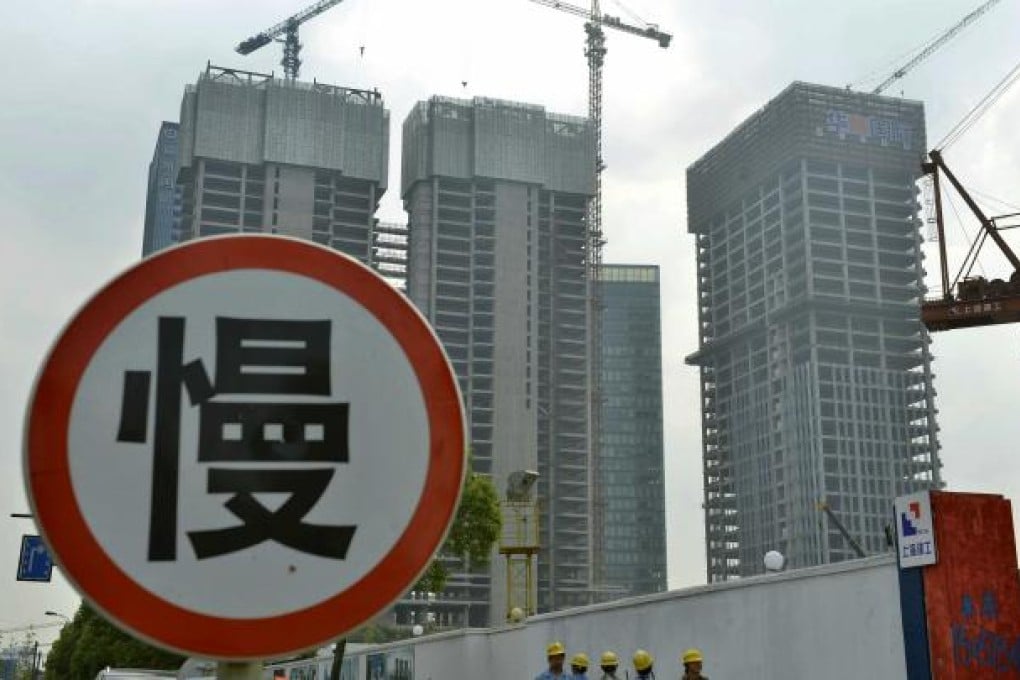
The latest data suggests China's economy has bottomed out. This will have come as a relief to Beijing, and not just because a soft landing would remove a potential threat to stability during the once-in-a-decade leadership change. It has also defused pressure for another wasteful, inflationary stimulus package to create jobs, albeit on a smaller scale than during the global financial crisis, which would have exacerbated structural problems the new rulers will have to address sooner or later. The economy is still digesting the misallocation of capital for dubious infrastructure projects.
A general consensus that the slump has levelled off follows the government's resistance to calls for a stimulus package, not least from global investors looking to China to make up for subdued growth in advanced economies. More signs of renewed buoyancy in the fourth quarter would vindicate its approach. Before the release this week of the latest set of macroeconomic indicators, Premier Wen Jiabao said economic growth had begun to stabilise and was on track to meet this year's growth target of 7.5 per cent.
The new data showed the world's second-largest economy grew 7.4 per cent from the year before in the three months ending in September, a little slower than the previous quarter's 7.6 per cent but not another sharp decline. Quarter-on-quarter growth of 2.2 per cent was a more positive sign of recovery. Growth in retail sales, industrial production and investment in factories and other fixed assets all accelerated a little and beat consensus forecasts by economists. Along with unexpectedly strong figures for US housing starts, the data is good news for the world economy amid Europe's debt crisis.
Instead of unleashing a big-number package, Beijing has been boosting the economy with more measured doses of stimulus, injecting money through higher investment by state companies and spending on subway construction and other public works. It has also been implementing measures to lift liquidity and investment, including two interest-rate cuts since early June. This has worked, even if it is no substitute in the long run for structural reform. Anecdotal evidence of bottoming out and resilience in the economy is to be found in the increased flow of money into equity markets.
Even if the fourth quarter confirms all the positive signs, however, it only buys time for the new leadership to confront major issues of economic reform.
